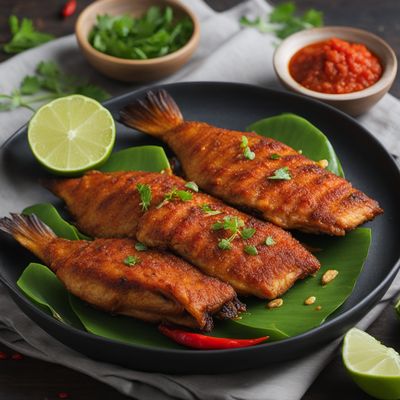
Dish
Papeda
Sago congee
Papeda is made by mixing sago flour with water to form a thick paste. The paste is then cooked over low heat until it thickens and becomes smooth. Papeda is usually served hot and is often eaten with a variety of stews and soups. It is a filling and nutritious dish that is rich in carbohydrates and fiber. Papeda is also gluten-free, making it a great option for people with gluten intolerance or celiac disease.
Origins and history
Papeda has been a staple food in Papua for centuries. It is a traditional dish that is often served during special occasions and celebrations. The dish is also popular in other Southeast Asian countries such as Malaysia and the Philippines.
Dietary considerations
Gluten-free, vegan, vegetarian
Variations
There are many variations of papeda, depending on the region and the household. Some people add coconut milk or palm sugar to the paste to make it creamier and sweeter, while others add herbs or spices to enhance the flavor. Some people also add other grains such as rice or cornmeal to the sago flour to create a more complex flavor.
Presentation and garnishing
Papeda is traditionally served in a large communal bowl, with each person using their hands to scoop up the paste. It is often garnished with a sprinkle of sugar or a dollop of coconut cream. To make the dish more visually appealing, you can add a few slices of fresh fruit such as mango or papaya on top of the paste.
Tips & Tricks
To make the perfect papeda, it is important to use high-quality sago flour and to cook the paste over low heat for a long time. This will ensure that the paste is smooth and creamy, without any lumps or clumps. It is also important to stir the paste constantly while it is cooking to prevent it from sticking to the bottom of the pot.
Side-dishes
Stews, soups, vegetables
Drink pairings
Coconut water, fruit juice
Delicious Papeda recipes
More dishes from this category... Browse all »
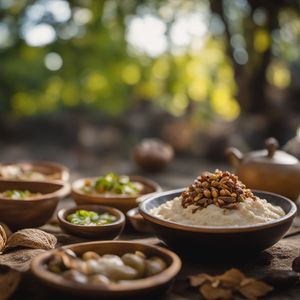
Acorn Mush
Native American cuisine
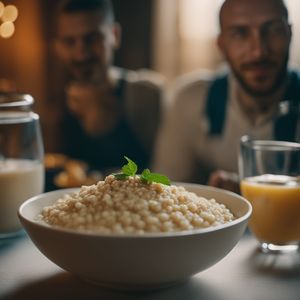
Ajdova kaša
Slovenian cuisine

Ajdovi žganci
Slovenian cuisine
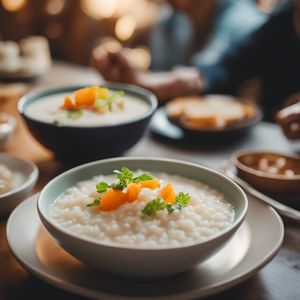
Babor
North African cuisine
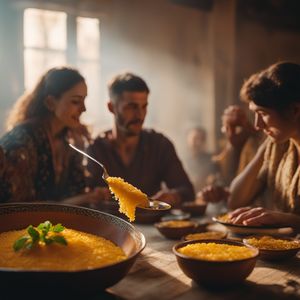
Banosh
Ukrainian cuisine
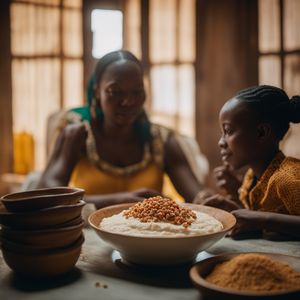
Bogobe jwa lerotse
African cuisine

Bohinjski žganci
Slovenian cuisine
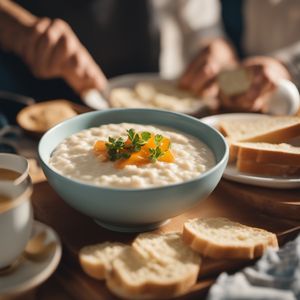
Broodpap
Dutch cuisine
